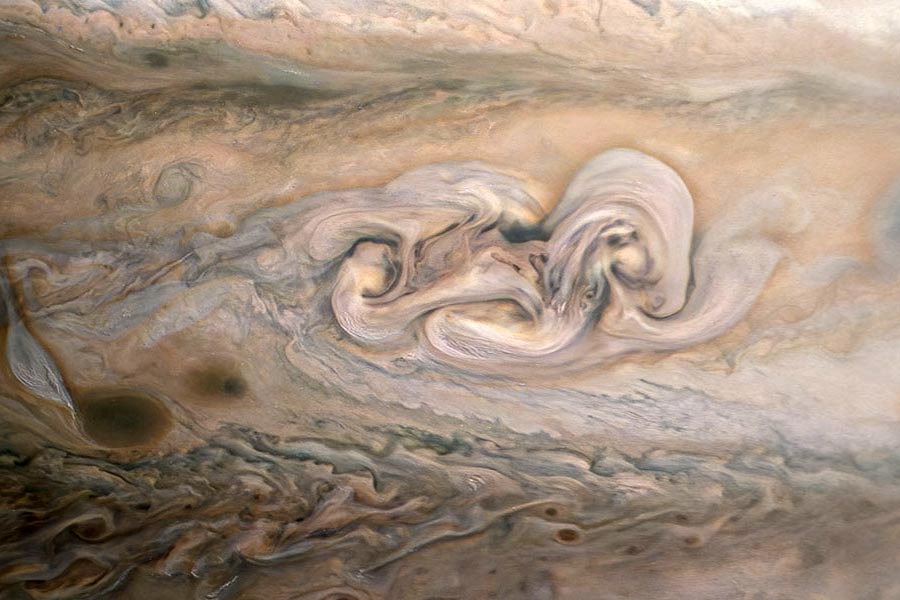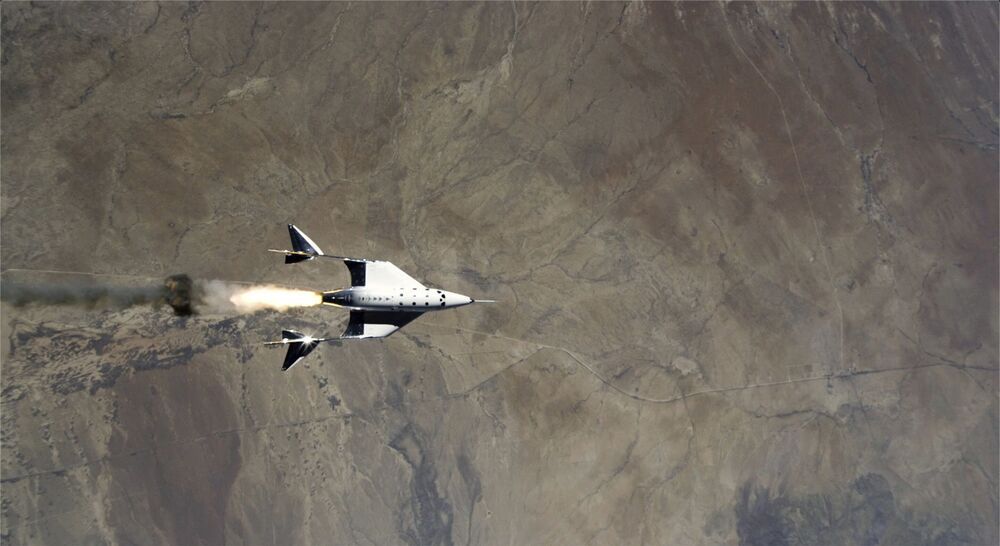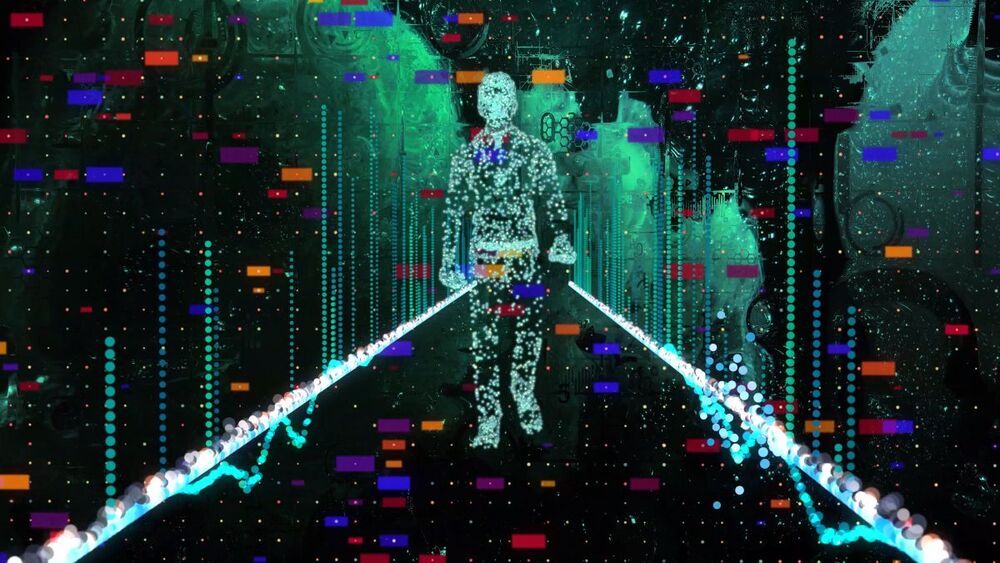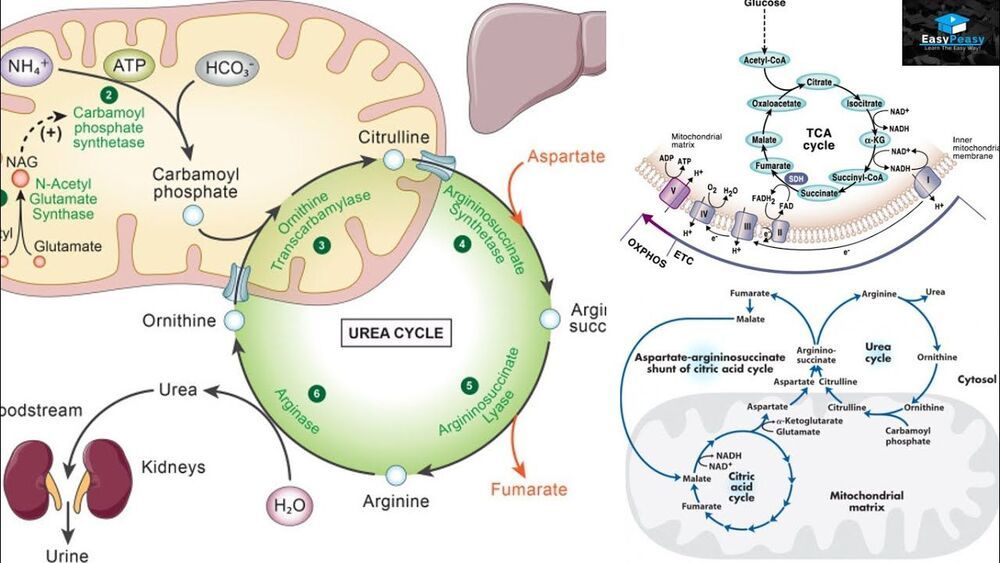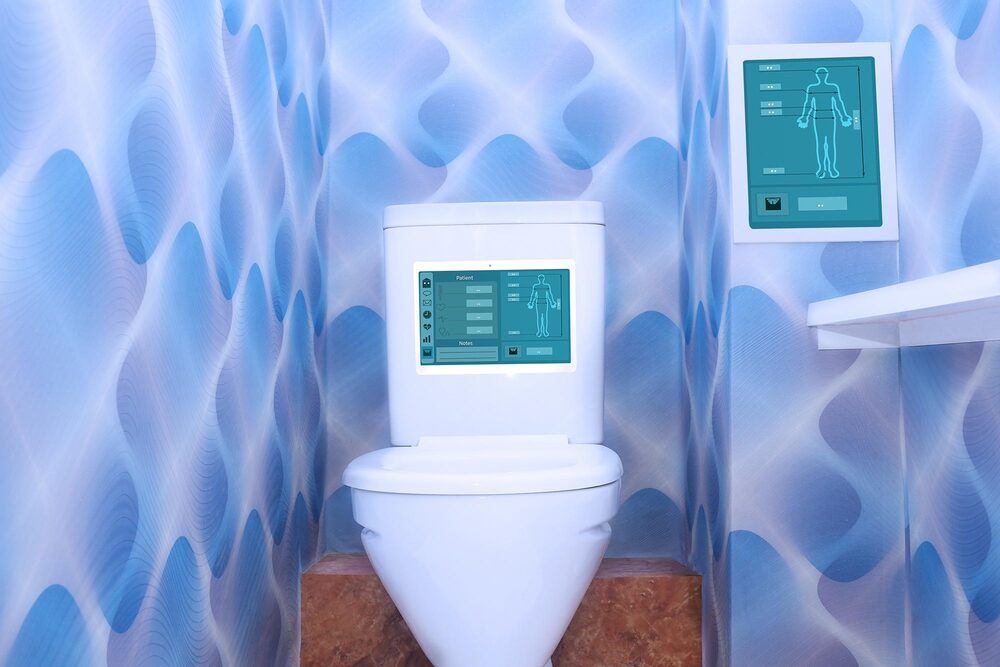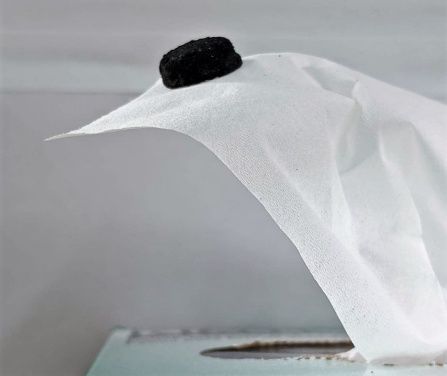Many features in Jupiter’s highly dynamic atmosphere are short lived, but the April 2021 observation from the JunoCam instrument (top image) revealed that nearly one year after its discovery, the remnant of Clyde’s Spot had not only drifted away from the Great Red Spot but had also developed into a complex structure that scientists call a folded filamentary region. This region is twice as big in latitude and three times as big in longitude as the original spot, and has the potential to persist for an extended period of time.
The lower image was taken on June 2, 2020, around 3:56 a.m. when the spacecraft was about 28000 miles (45000 kilometers) from Jupiter’s cloud tops. The upper image was taken on April 15, 2021, at 4:58 p.m. PDT (7:58 p.m. EDT). At the time, the spacecraft was about 16800 miles (27000 kilometers) from Jupiter’s cloud tops, at a latitude of about 30 degrees South. Another citizen scientist, Kevin M. Gill, processed both images from raw JunoCam data.
JunoCam’s raw images are available for the public to peruse and process into image products at https://missionjuno.swri.edu/junocam/processing. More information about NASA citizen science can be found at https://science.nasa.gov/citizenscience and https://www.nasa.gov/solve/opportunities/citizenscience.
